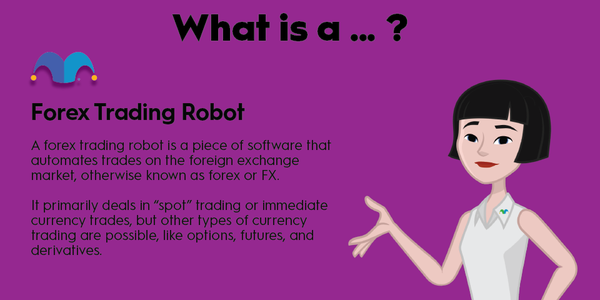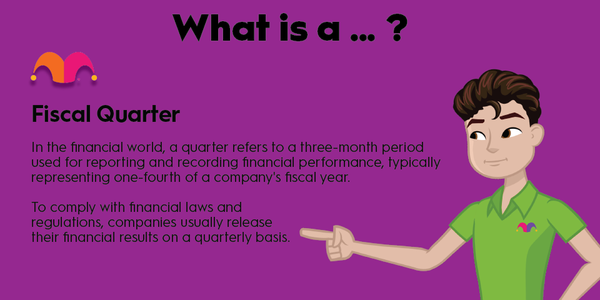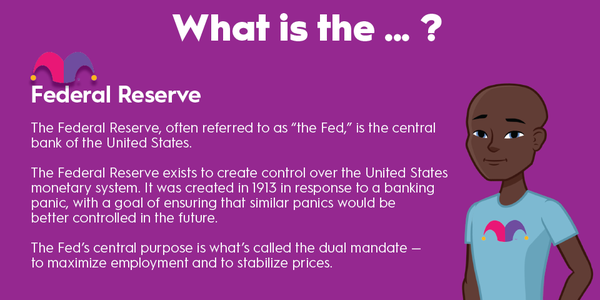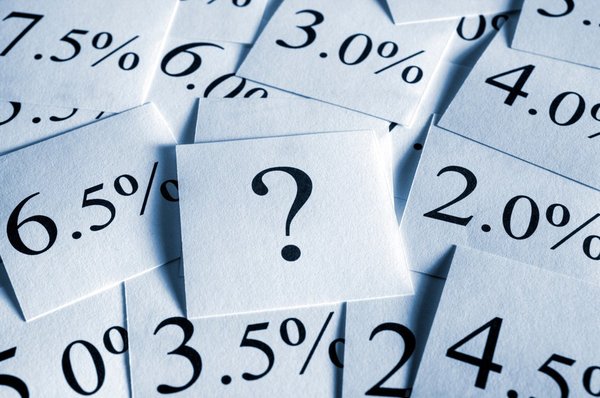Bitcoin (BTC -2.26%) was the first cryptocurrency to market. Its creator, Satoshi Nakamoto (a pseudonym for a person or group of people), released a white paper describing how the digital currency concept would work in 2008 amid the turmoil of the Great Recession. Bitcoin officially launched in January 2009, and it has been the largest cryptocurrency ever since.
Many other crypto projects have sprung up, yet no other cryptos have been able to overtake Bitcoin in terms of total value. That could change one day, though, an event referred to as “the flippening.”

What is the flippening?
What is the flippening?
The flippening is a term used to describe a potential “flip” in the largest cryptocurrency. Specifically, it refers to the possibility of the second-largest cryptocurrency, Ethereum (ETH -0.57%), overtaking Bitcoin.
The flippening explained
The flippening explained
Ethereum was launched in 2015. Despite a more than six-year head start for Bitcoin, Ethereum quickly skyrocketed into the No. 2 position in terms of largest cryptos on the market. As of mid-2022, Bitcoin (about $575 billion) was more than double the size of Ethereum (almost $220 billion). In turn, Ethereum was roughly triple the size of the third-largest crypto by market cap (as of this writing, Tether (USDT -0.03%), at just over $70 billion).
How the flippening works
How the flippening works
In the crypto world, market capitalization refers to the total value of a given cryptocurrency. In principle, it is calculated the same way market capitalization is for a company: total shares outstanding multiplied by price per share. For crypto, the concept is essentially the same: the number of coins in circulation multiplied by the price per coin (usually denominated in fiat currency such as U.S. dollars or euros).
Given this dynamic, a faster-growing price of ether (the native currency on the Ethereum blockchain network) in relation to Bitcoin would help make the flippening occur. Or, Ethereum’s price simply outperforming Bitcoin over time (even if the price of both were to decline) could also cause a flippening.
The second component of this equation is total coins in circulation. Paired with the price of each crypto coin, a faster-rising supply of ether in relation to Bitcoin could also cause a flippening. Ethereum has no cap on the total supply of ether that can be created (via rewards paid to miners and investors who have staked their coins). However, Ethereum 2.0 -- a switch to a proof-of-stake system that’s set to be complete sometime during the summer of 2022 -- will theoretically reduce the total supply of ether in circulation over time. A lower supply could help boost the value of Ethereum over time as well.
By contrast, Bitcoin has a hard cap of 21 million coins, which will be reached in 2040. As of June 2022, almost 19.1 million Bitcoin has already been mined. A gently rising supply in the next couple of decades could also keep Bitcoin’s total value rising and prevent a possible flippening.
Related investing topics
Will the flippening happen?
Will the flippening happen?
Market cap is a simple metric, but a lot of factors will need to come together to make the flippening happen. The price and number of Bitcoin and Ethereum in circulation will ultimately dictate market cap, but supply and demand is the real driver of a blockchain network’s total value.
Ethereum skyrocketed in value so quickly after its 2015 launch because of the numerous use cases for the network. Bitcoin was envisioned as a type of digital currency for a new era of business that resides on the internet. That has led some people to dub Bitcoin as “digital gold.”
By contrast, Ethereum was designed to facilitate different types of online transactions, such as executing agreements between parties (smart contracts), powering decentralized finance apps and businesses (dApps and DAOs), and supporting entrepreneurs, artists, and the like (NFTs, for example). As a result, Ethereum is sometimes referred to as “digital oil.”
If Ethereum usage continues to rise, and supply begins to contract, these two forces combined could lead to a flippening. However, bear in mind that a flippening scenario doesn’t necessarily mean Ethereum price would go up. This flip in market cap could still play out even if Ethereum falls in value but Bitcoin’s value falls by an even greater percentage. Basically, it’s wise to exercise caution here since a potential flippening doesn’t make Ethereum a good investment.
As with other investment options in the burgeoning crypto economy, potential investors should weigh the risks of buying cryptos such as Bitcoin and Ethereum. Crypto prices are volatile and will likely continue to be since the technology is still developing and rapidly changing. Take your time as you learn about this fast-evolving industry. If you decide to invest at all, most investors should make crypto holdings part of a larger diversified portfolio strategy.

























































